6 Free Classic art style transparent PNG images
Discover our curated collection of 6 free AI-generated images showcasing the timeless Classic Art Style. Browse through an extensive variety of stock photos, 3D objects, vectors, and illustrations that capture the essence of traditional artistic excellence. All images are available in high resolution for free download, and our innovative 'open in editor' feature allows you to modify the prompt on any image's detail page to regenerate variations that perfectly match your vision.
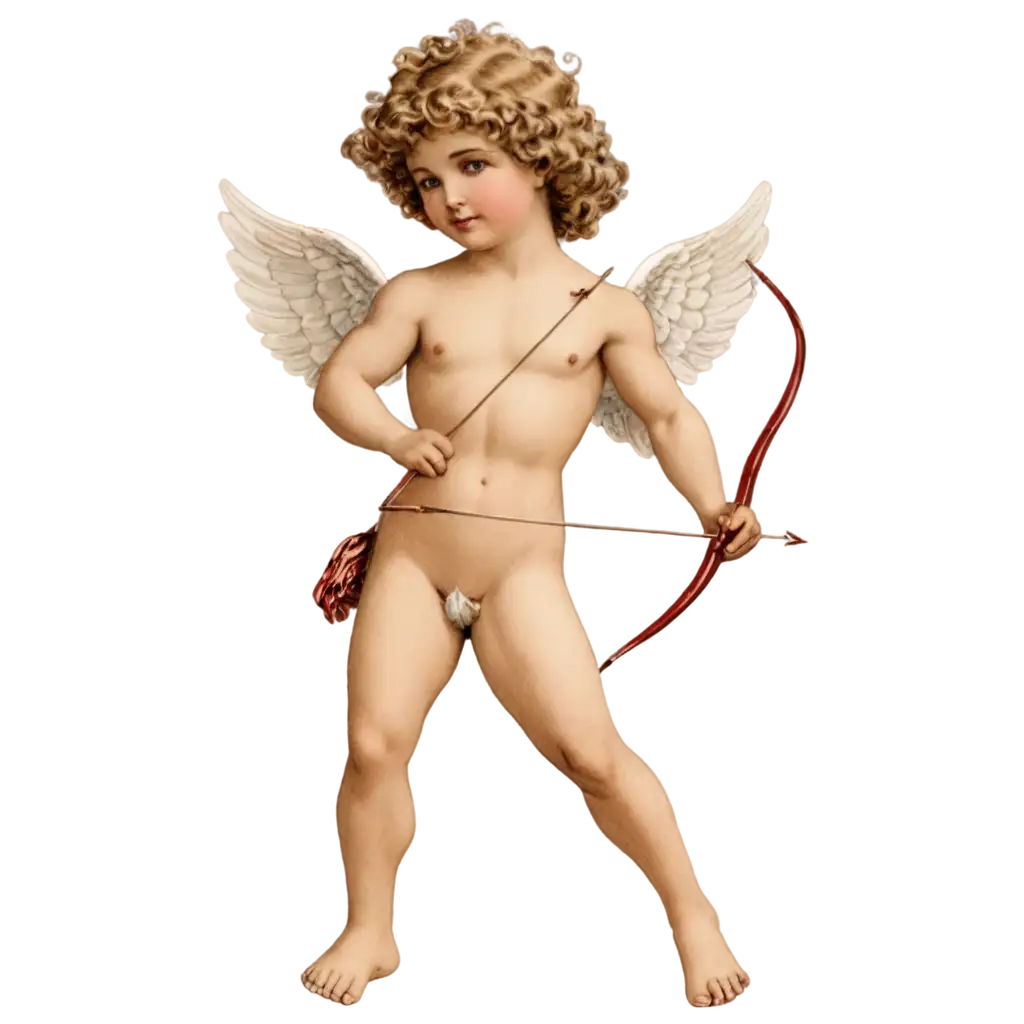
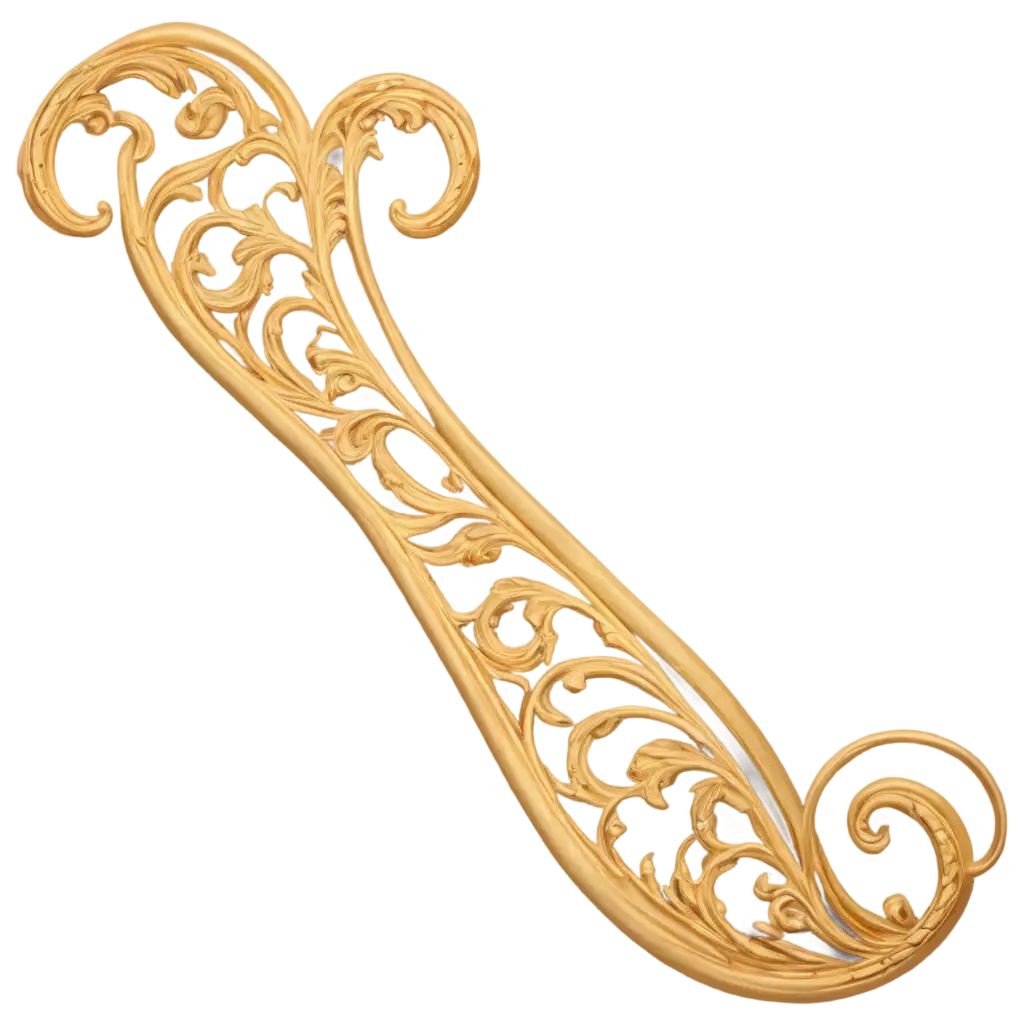
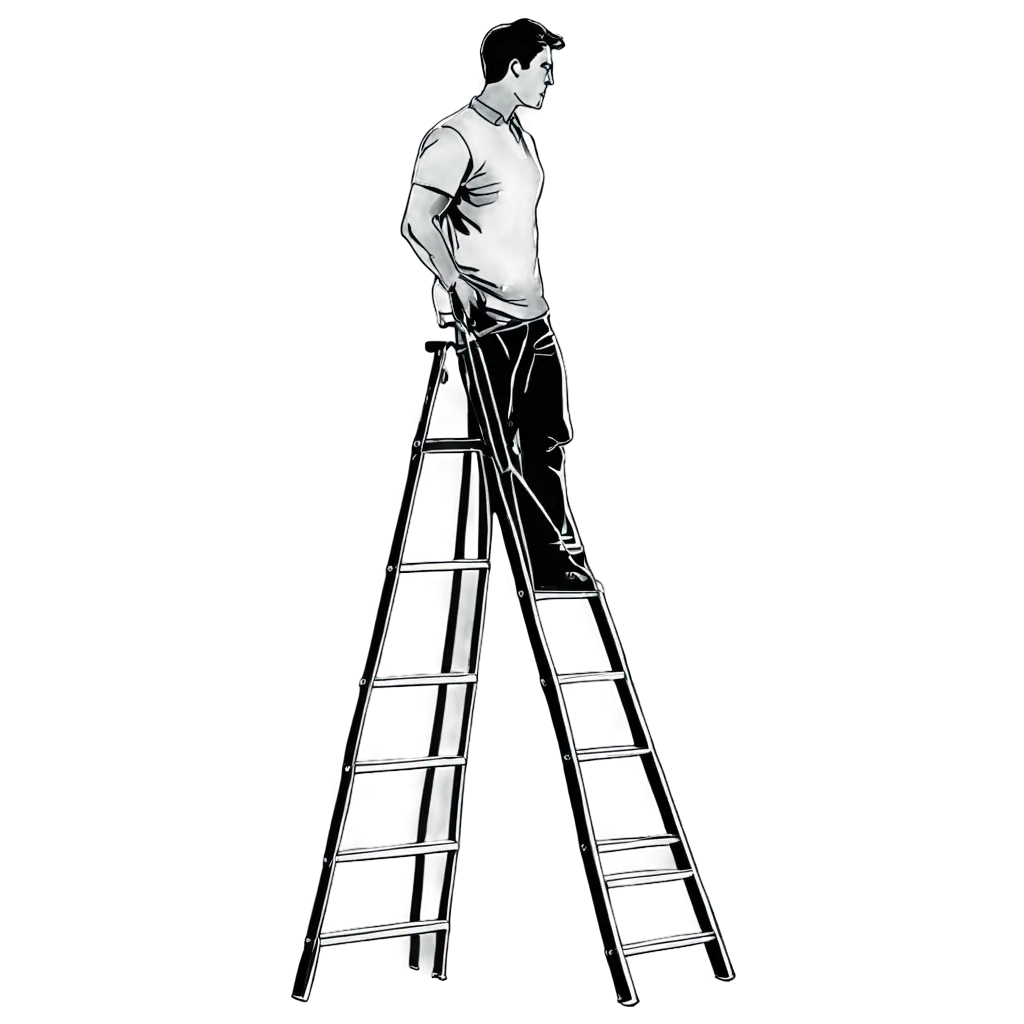
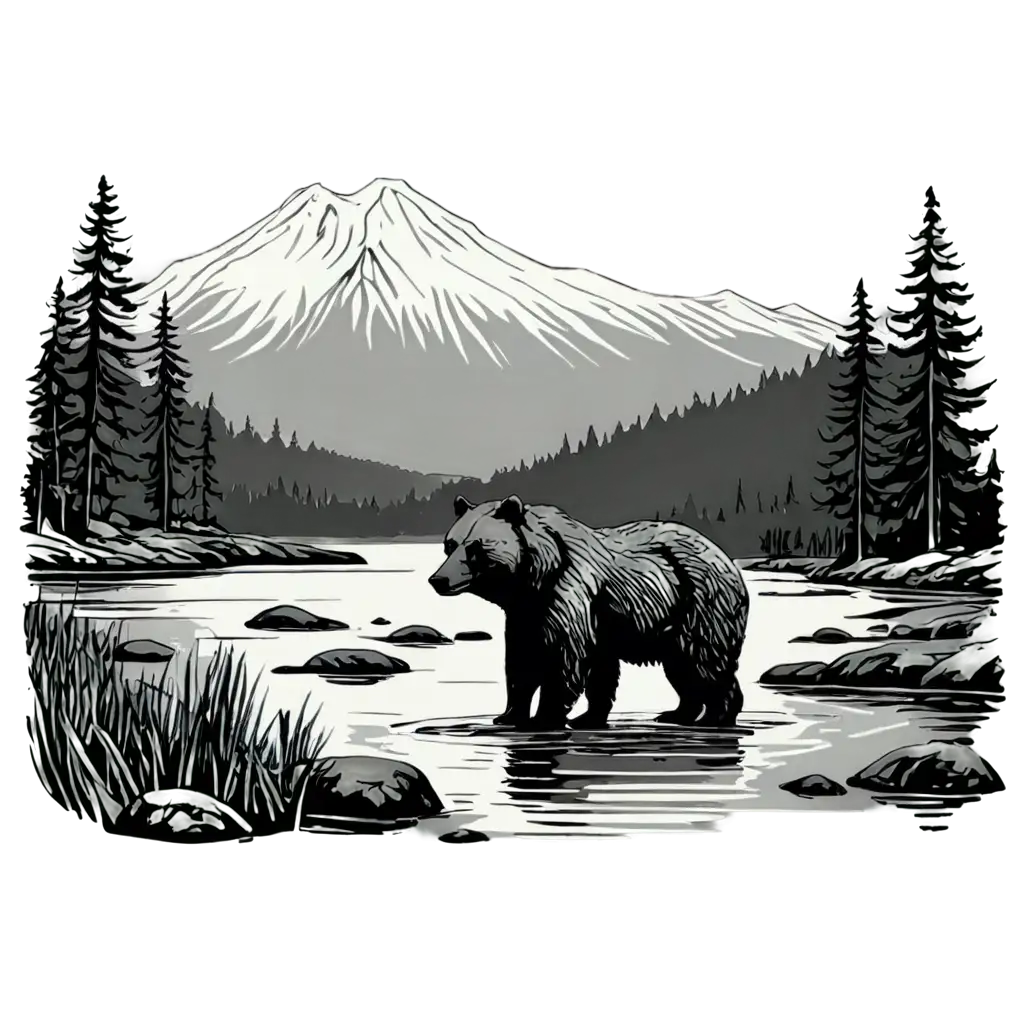
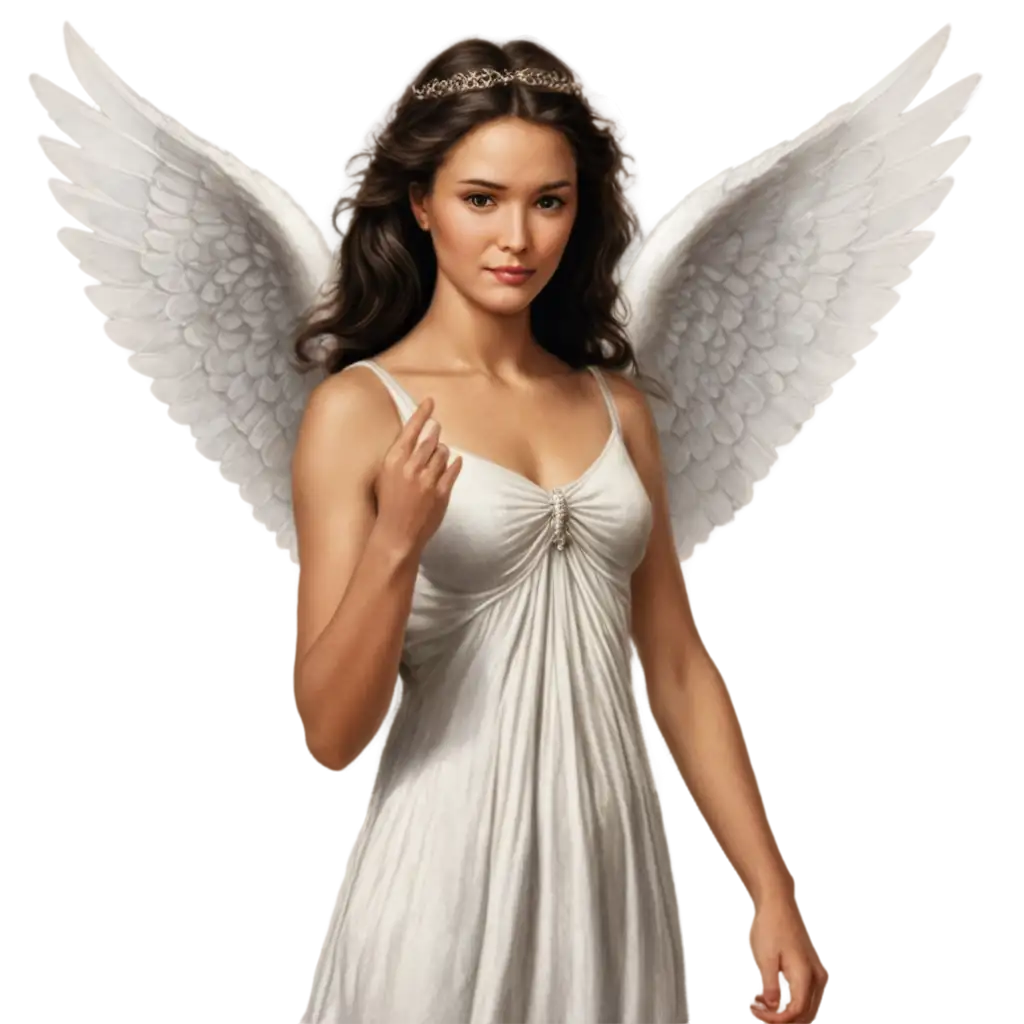
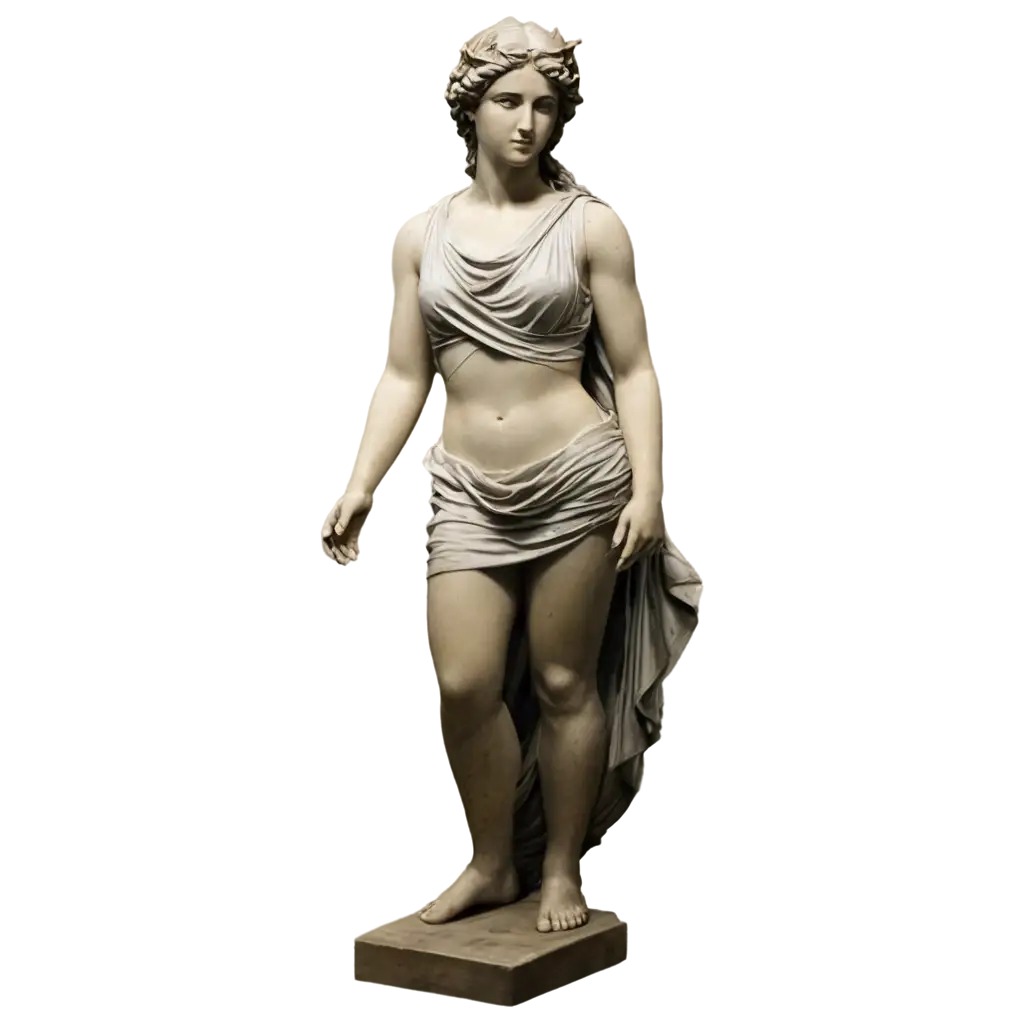
Related Tags
Classic Art Style encompasses traditional artistic techniques and aesthetics developed from the Renaissance through the 19th century. This timeless approach emphasizes realistic representation, balanced composition, and meticulous attention to light and shadow. In the context of AI-generated imagery, Classic Art Style incorporates these historical principles while leveraging modern technology to create pieces that echo the mastery of old masters like Leonardo da Vinci, Rembrandt, and Vermeer. The style is characterized by precise anatomical representation, dramatic lighting techniques like chiaroscuro, and careful attention to perspective and proportion.
Understanding Classic Art Style: From Renaissance to Modern AI
AI-generated Classic Art Style images incorporate several key technical elements that define traditional artistic mastery. These include controlled color palettes emphasizing earth tones and rich jewel colors, careful modeling of form through light and shadow, and sophisticated compositional techniques like the golden ratio and triangular arrangements. The style finds extensive applications in contemporary contexts, from editorial illustrations and book covers to advertising materials and interior design. Modern businesses particularly value these images for bringing gravitas and timeless elegance to their branding materials, while educational institutions utilize them for teaching art history and classical techniques.
Technical Elements and Applications of Classic Art Style in AI Generation
Generating AI art in the Classical style requires careful attention to specific prompt elements and parameters. Key considerations include incorporating terms related to traditional media (oil painting, fresco, sculpture), historical periods (Renaissance, Baroque, Neoclassical), and technical aspects (sfumato, tenebrism, linear perspective). Successful prompts often reference specific old masters or artistic movements to guide the AI in reproducing particular stylistic elements. For optimal results, users should consider aspects like lighting direction, composition type, and subject matter that align with classical artistic principles. The 'open in editor' feature allows for fine-tuning these elements to achieve the desired classical aesthetic.
Creating AI Art in Classical Style: Techniques and Best Practices
The fusion of classical art techniques with AI technology continues to evolve, opening new possibilities for creative expression. Contemporary applications range from creating period-appropriate illustrations for historical publications to generating classical-style portraits for luxury branding. The trend shows increasing sophistication in replicating specific historical art movements and techniques, with AI models becoming more adept at understanding and reproducing subtle stylistic nuances. Future developments are likely to include more precise control over classical techniques, improved handling of complex classical compositions, and better integration of historical artistic conventions with contemporary subjects.
Modern Applications and Future Trends in AI-Generated Classical Art